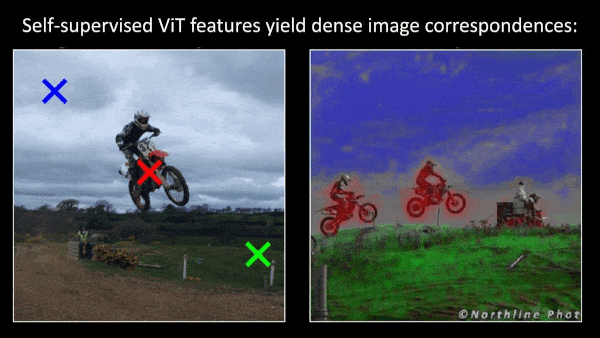I-Con: A Unifying Framework for Representation Learning
ICLR 2025
Shaden Alshammari, John Hershey, Axel Feldmann, William T. Freeman, Mark Hamilton
TL;DR: We introduce a single equation that unifies >20 machine learning methods into a periodic table. We use this framework to make a state-of-the-art unsupervised image classifier.


